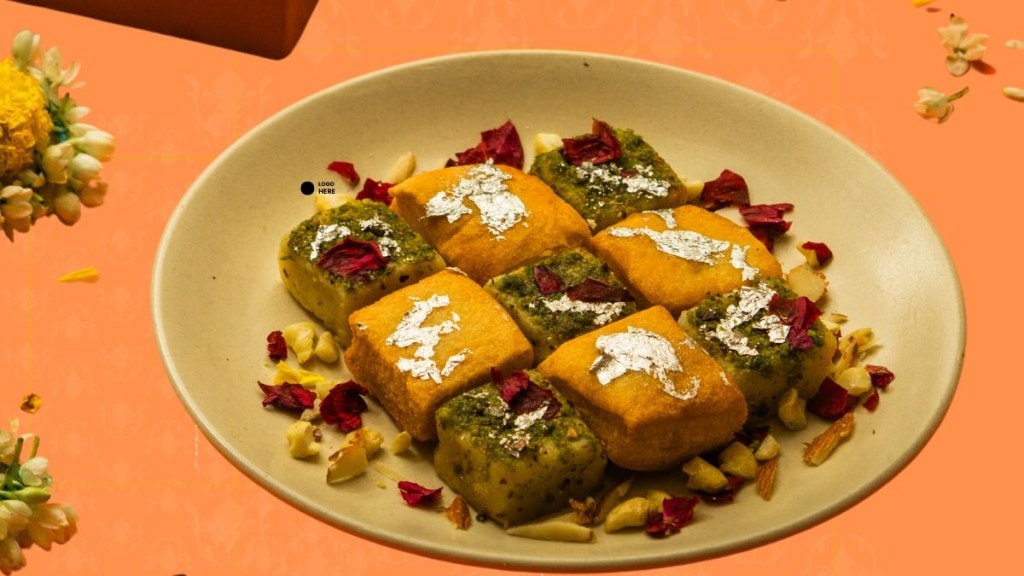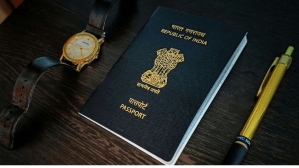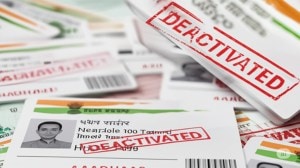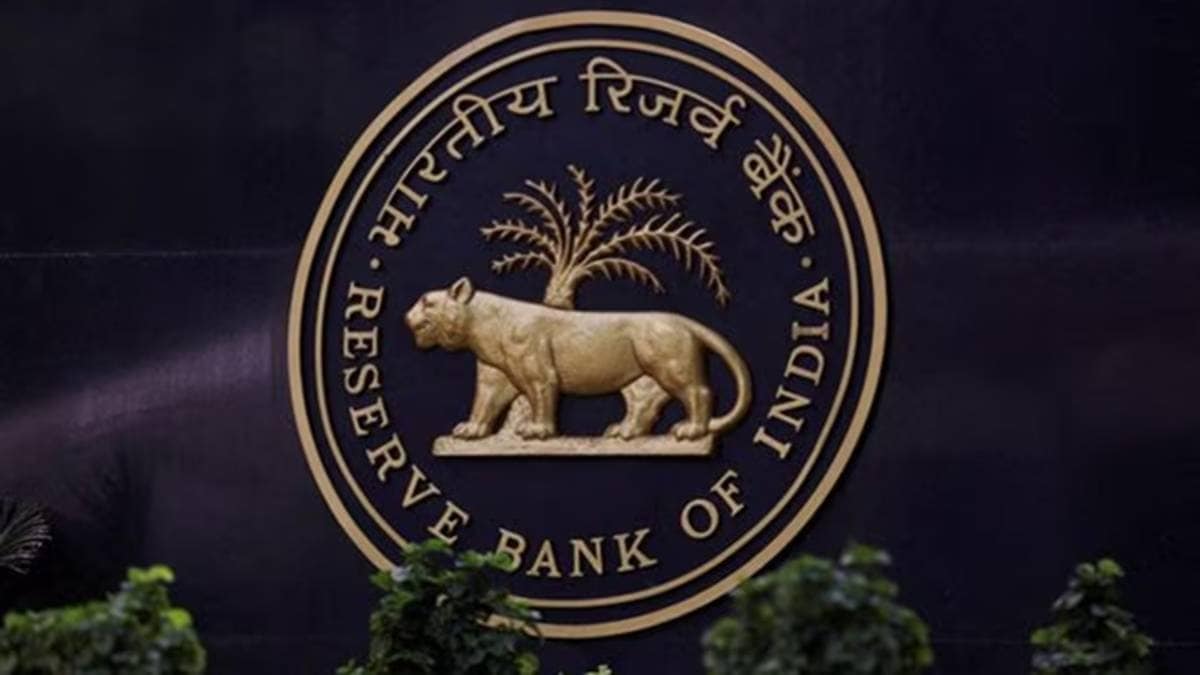Diwali mithai is one of the major attractions of the festival as friends and family exchange boxes of barfis, laddoos, and pedas to share joy and festive cheer. However, a major health concern around this time of the year is the adulterated Diwali sweets that can put one at risk of health problems. From bad-quality ghee, starch and flour in khoya, artificial colours, to adulterated paneer, a lot can go wrong with your mithai if you aren’t careful.
When it comes to celebrating a safe Diwali, it’s not just the firecrackers and increased pollution levels that pose a health hazard, but also what you are eating. Adulterants in mithai, depending on what they are, could cause digestive issues, allergic reactions, and even increase the risk of diseases like cancer, according to the National Institutes of Health.
How adulterated sweets can impact your health
Adulteration in mawa or khoya is most common during the Diwali season and is most dangerous, considering even slight contamination can cause major digestive issues.
“Mawa is the foundation for most Indian sweets, and even slight contamination can impact not only taste but also health, causing stomach infection or food poisoning,” Nutritionist Sakshi Lalwani told Financial Express.com. She suggests doing home tests to check whether your barfi, peda, kalakand, rabri, halwa and other Indian sweets are safe to eat and gift.
How to test Mawa/khoya purity at home
Before wrapping your Mithai for gifting, take a small quantity of it and dissolve it in warm water. Leave it for a while so that it settles down and after a couple of minutes if the water becomes milky, cloudy, or frothy, it could have starch, detergent, or soap in it.
If no such change is there and your mawa has dissolved almost completely with little residue, the sweets are safe and not adulterated.
Lalwani says you can also buy iodine solution from any pharmacy to conduct another test, which may be more accurate.
The Khoya test that can easily be performed
She suggests mixing the mawa-containing mithai with hot water and add 2–3 drops of iodine solution. In case it turns blue or black, there is starch adulteration. In case of no colour change, it’s pure mawa and your mithai is good to eat.
In case you have bought Mawa for preparing sweets at home, you can check its purity by dissolving it in water and adding a few drops of lemon juice or vinegar to it.
“Fizzing or bubbles indicate washing soda or detergent adulteration. No reaction means it’s safe,” says Lalwani.
You can also take a small amount of mawa and burn it slowly. Pure mawa emits a sweet caramel-like aroma. But if it smells soapy or chemical-like, it’s probably mixed with detergent or synthetic fat.








